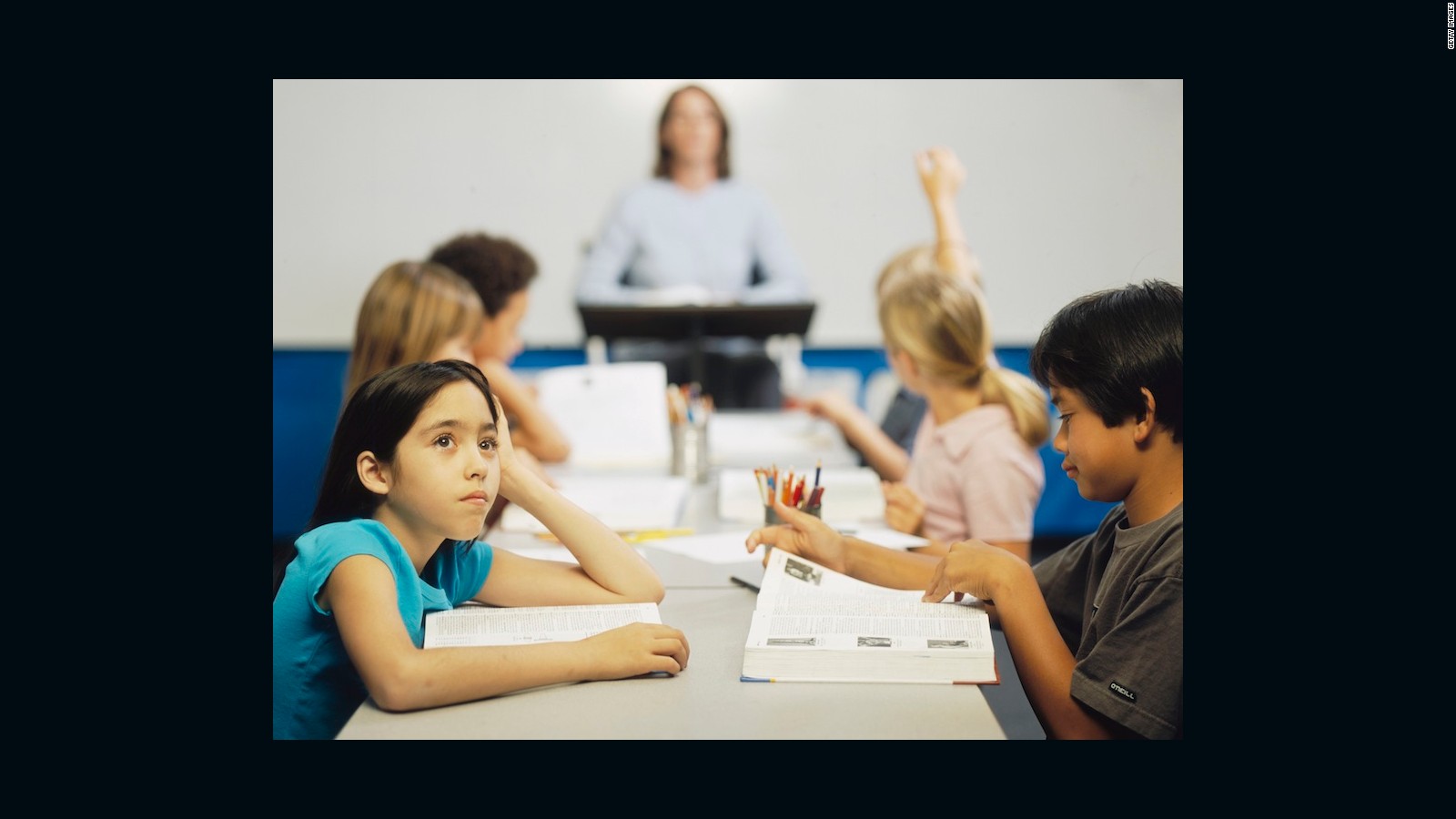Researchers at Nationwide Children's Hospital in Columbus, Ohio, and the Central Ohio Poison Center recorded the number of phone calls made to US poison centers between 2000 and 2018 for self-poisoning of children and young adults ages 10 to 24 that were believed to be suicide attempts.
Over the 19-year study period, there were 1.6 million intentional poisoning cases, of which 1.16 million (71%) occurred in girls and young women, according to the findings, published in the Journal of Pediatrics.
Between 2000 and 2010, the rates of suicide attempt through poisoning remained relatively stable and even had a small decrease for some age groups. But starting in 2011, the rates dramatically increased, according to the results.
For girls ages 10 to 12, the annual number of suicide attempts by poisoning fell 17% between 2000 and 2010, followed by an increase of 338% between 2011 and 2018. For girls 13 to 15, the rate increased 136% from 2011 to 2018, and for those 16 to 18, the rate increased 75%.
The increase was smaller but still present for boys.
"It's not just that there's more attempts, it's also the outcomes; the severity is increasing, as well," said Henry Spiller, director of the Central Ohio Poison Center at Nationwide Children's Hospital, lead author of the new study.
The percentage of suicide attempts that were severe and required medical intervention also increased during the study period.
An epidemic driven by young women
"We know that certain societal rules and expectations for women can be associated with higher rates of mental health issues and suicide rates," said Dr. Barbara Robles-Ramamurthy, child and adolescent psychiatrist at the Long School of Medicine at UT Health San Antonio, who was not involved in the study. "Then you add a possible biological component -- hormones -- and a genetic predisposition."
Regarding poisoning as a method of suicide, the results may speak to the availability of medications and harmful substances around the home.
"We know that medications are part of our daily lives nowadays. We have a ton of bottles everywhere, so when it comes to having easy access, that's obviously the easiest access that we have to something that we know could harm our bodies," Robles-Ramamurthy said.
One reason for the increase in depression and suicidal behaviors may be more stress and pressure on kids, said Dr. Gene Beresin, executive director of the Clay Center for Young Healthy Minds at Massachusetts General Hospital and professor of psychiatry at Harvard Medical School, who was not involved in the study.
"Kids are feeling more pressure to achieve, more pressure in school, and are more worried about making a living than in previous years," he said.
Another reason may be the rise of social media and increasing rates of cyberbullying that have come with it, Beresin said.
In isolation, none of these factors has been proven to lead to an increase in suicidal behaviors and ultimately suicide, but taken together, a pattern begins to emerge, Beresin said.
The importance of early communication
The study "is a loud signal that more prevention is needed," said Dr. Ken Ginsburg, a professor of pediatrics at the Children's Hospital of Philadelphia, co-founder of the Center for Parent and Teen Communication and author of "Building Resilience in Kids and Teens." "Good family communication is the best prevention we know."
Fostering good family communication starts with simply spending time with your child, explained Ginsburg, who was not involved in the new research.
"Too often, we think that communication is just about checking in on grades or reprimanding behaviors. But high-yield time is being fully present and having your child know that no conversation is out of bounds," he added.
Once families have fostered open communication, Ginsburg recommends that parents work on strategies that allow kids to look for help without feeling shame or stigma. This, he says, is done by congratulating children for being honest with their emotions and reminding them that they will get through difficult times and that they have the unconditional support of their parents.
When professional help is needed, Ginsburg recommends that parents first broach the topic with their children using language such as, "you deserve more than me right now, and we're going to find the person with the right skills to help you," he said.
Knowing when to look for help is key.
Recognizing warning signs in children
Mental illness -- especially when it comes to depression and anxiety -- can be silent illnesses or manifest in ways parents would not expect, Robles-Ramamurthy said.
In addition to sadness, depression in kids and teens can manifest as anger and irritability, she added.
"It's very normal for your child to start getting a little more moody and defiant," Robles-Ramamurthy said of the teenage years. "But if you start seeing drastic changes, their academic performance is declining, they're not spending as much time with family or isolating themselves, those are big red flags."
If those behaviors are present, Robles-Ramamurthy recommends asking teens clearly if they feel depressed or have considered hurting themselves or ending their lives. Asking these questions directly does not increase the risk of suicide, she added.



No comments:
Post a Comment